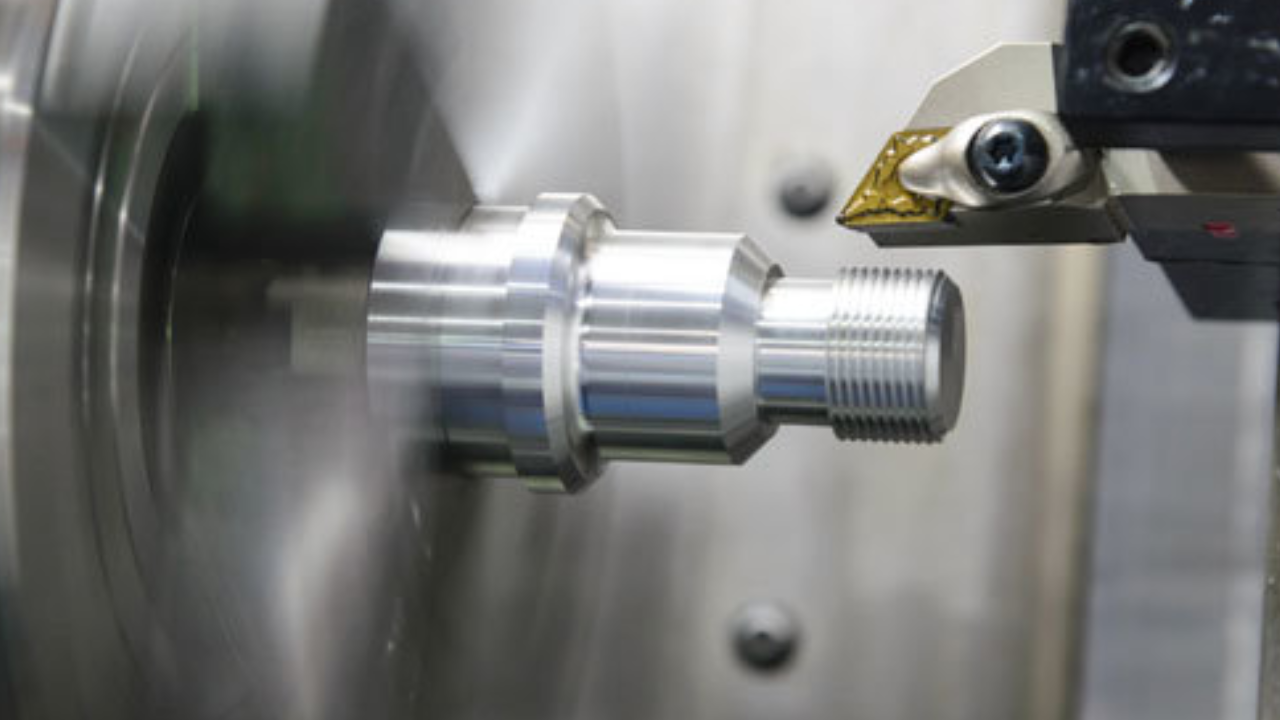When we talk about creating different tools from metal or heavy material an image of large machinery comes into our mind. This process was done using the biggest machinery but now with the help of the latest technology, it is very easy to maintain the processing and shaping of different materials.
There are now different types of turning parts that allow different industries to create cutting-edge and high-quality materials. Here in this comprehensive guide, you will explore all the types of turning parts. If you are interested in gaining some knowledge about the engineering industry, this blog is a golden chance to achieve your learning goals.
Historical Perspective of Turning Parts
This work has lots of history, it starts when manual lathes were used to shape up a metal or wood. At that time this work needed lots of energy and hard work. The transformation happened due to the introduction of computer numerical control technology in short CNC technology.
Now there are lots of methods other than CNC that are used to create lots of different shapes and sizes of metal. From the smallest to the largest, every type of tool and machinery is now being made by using the latest technology of CNC. So now let’s explore the different types of turning parts
Different types of Turning Parts
Straight Turning
Straight turning is the most commonly used type of turning part, in this type the removal of metal from the external surface takes place. The cutting tool moves longitudinally with the workpiece or metal. It is often used to create or recreate cylindrical shapes with a consistent diameter.
Taper Turning
This is another type of turning parts technology in which the tool is not parallel to the lathe but is set with different angles to clear conical shapes. This method is highly used to create machine tools like spindles or driver shafts. These tools require a tapered end for fitting.
Facing
This is one of the most common techniques that involves removing layers from metal and then reducing its length to make it smoother. The cutting tool moves across the metal or workplace to make it smoother and shinier. Moreover, ending parts are removed with accessible machining.
Groove Turning
Other types of turning involve the creation of external or internal parts of the metal. It is most commonly used for oil groves and related types. Moreover, it provides the finest and cleanest finish of the product. It is also used to create parts off sections of metal.
Parting
In this type of turning a small piece of metal is cut off from the larger piece. This turning part involves the creation of a narrow slot down or a hole in the center of a big metal. It ultimately separates the metal parts and then it is shaped accordingly for the outcome.
Thread Turning
When a helical groove is cut down to create a new shape or metal, it is termed thread turning. It is mostly made in a cylindrical shape. Moreover, it is used to create small screw threads and other parts related to thread turning.
Burning
In this process, a large hole is created or recreated where a small hole is present to improve the hole’s accuracy and efficiency. It also ensures a smoother internal surface. It is mainly used to finish the internal surface so that it can be ready to do additional operations like thread turning.
Final Thoughts
Finally, there are different types of turning parts, each type has its benefit, manufacturing process and outcome. Each of these types is used to make a different type of product according to need. However, if you find this blog worth reading don’t hesitate to share your thoughts through feedback.

